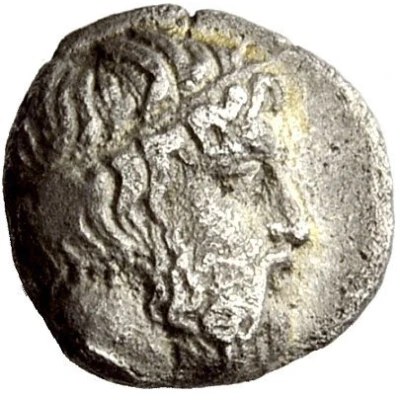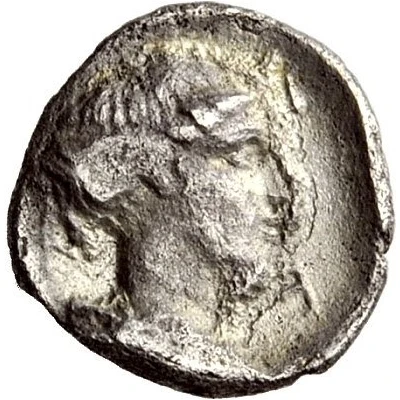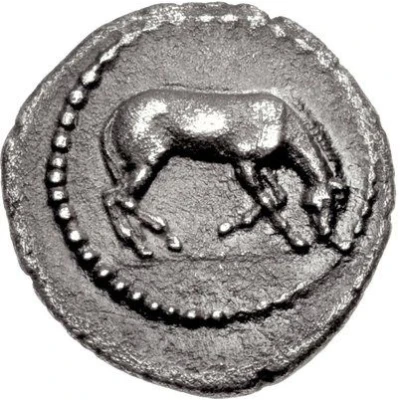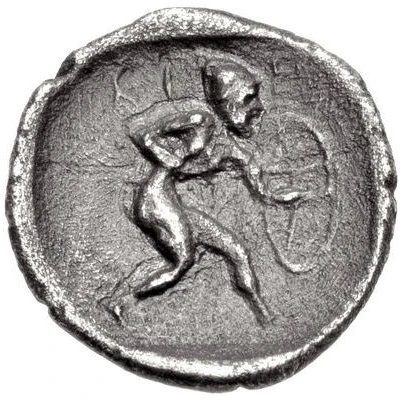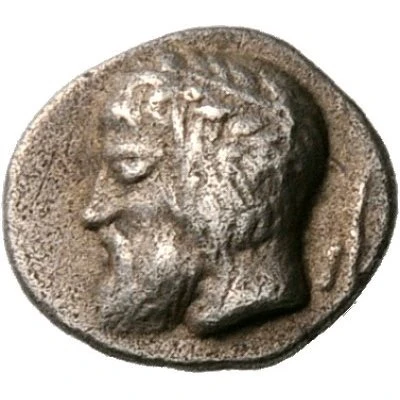
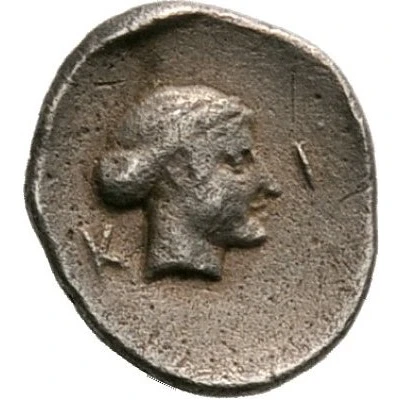

© Nomos AG
Hemiobol 400 BC - 360 BC
| Silver | 0.43 g | - |
| Issuer | Kierion (Thessaly) |
|---|---|
| Type | Standard circulation coin |
| Years | 400 BC - 360 BC |
| Value | Hemiobol (1⁄12) |
| Currency | Drachm |
| Composition | Silver |
| Weight | 0.43 g |
| Shape | Round (irregular) |
| Technique | Hammered |
| Demonetized | Yes |
| Updated | 2024-10-10 |
| Numista | N#170756 |
|---|---|
| Rarity index | 100% |
Reverse
Head of Arne to right, her hair bound in a sakkos
Script: Greek
Lettering: Κ Ι
Comment
Traité IV, 514.
Interesting fact
The Hemiobol coin from Kierion (Thessaly) was used as a form of currency in ancient Greece, specifically in the region of Thessaly, during the 4th century BC. It was made of silver and weighed approximately 0.43 grams. One interesting fact about this coin is that it features an image of a mythical creature called a "Keryneian" on one side, which is a symbol of the city of Kierion. The Keryneian is depicted as a creature with the body of a lion and the head of an eagle, and it is said to have been a symbol of strength and power in ancient Greek mythology. This coin is a rare and valuable artifact that provides insight into the history and culture of ancient Greece.
